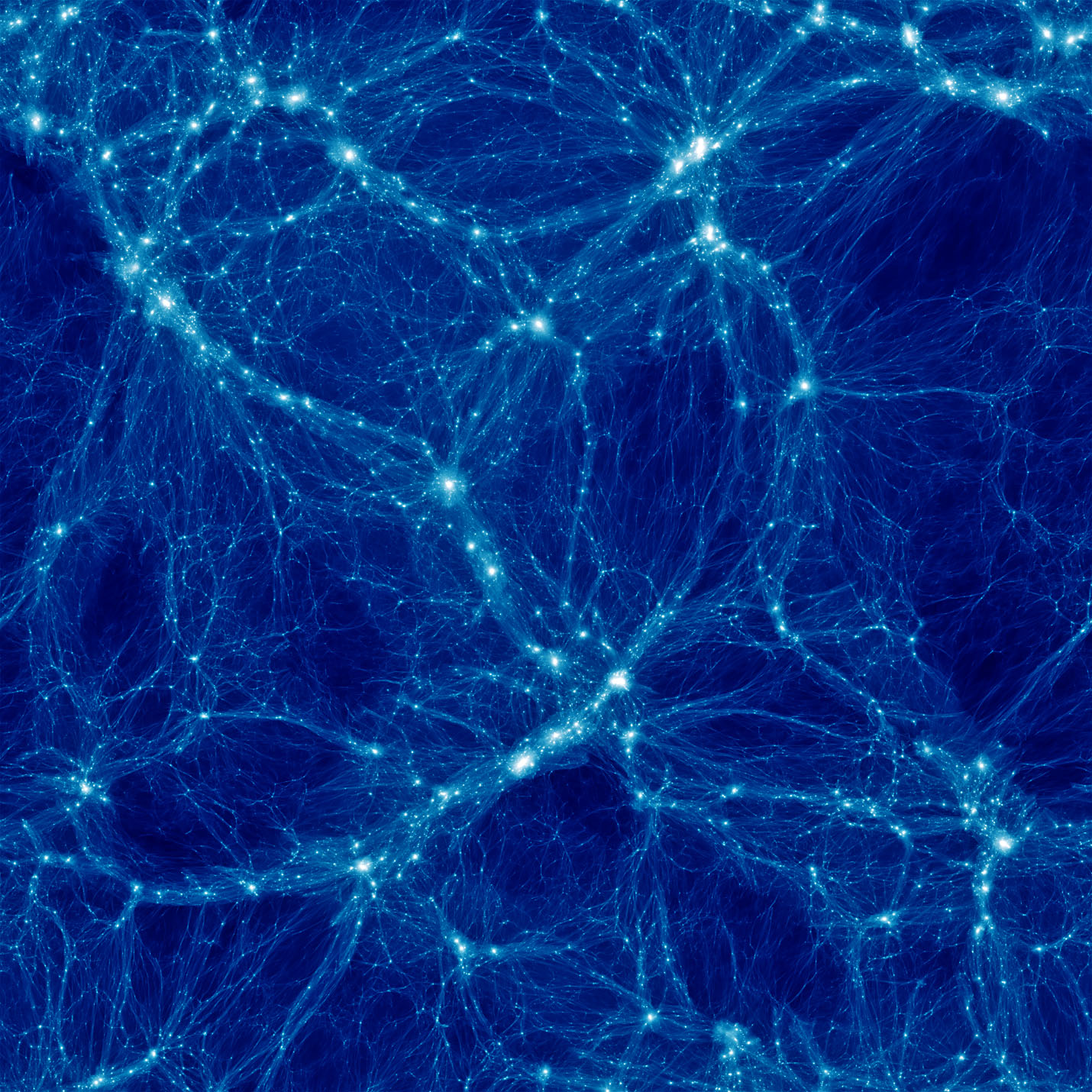 |
 |
 |
 |
 |
 |
 |
 |
 |
 |
 |
 |
|
Talks & Events
|
Ph.D. Thesis Defenses: 2020
Astrophysics and Cosmology with Gravitational Waves "Maya has done influential work in the new field of gravitational-wave astrophysics. She is a leader in the population analysis of gravitational-wave sources, and her high-impact results include recognizing the upper mass gap of binary black holes, standard siren measurements of the Hubble constant using both counterpart and statistical approaches, a new probe of cosmology using a feature from pair-instability supernovae, and novel methods to explore mass and spin distributions as probes of compact binary formation channels." - Daniel E. Holz, Ph.D. advisor Thesis Abstract: Starting with the first gravitational-wave detection in September 2015, the LIGO and Virgo gravitational-wave detectors are revealing a new astrophysical population of merging black holes and neutron stars. My thesis focuses on the astrophysical and cosmological lessons enabled by the rapidly growing catalog of gravitational-wave detections. In the first part of the talk, I will describe the properties of the binary black hole population, including the shape of the black hole mass function, the distribution of spins, and the merger rate and its evolution in cosmic time. These results include evidence for missing black holes in the mass range 50-100 solar masses, a preference for pairings between equal mass black holes, and evidence that the merger rate evolves with redshift. I will discuss the implications of these findings for stellar evolution, supernova theory, and the formation history of black holes. The second part of my talk will focus on gravitational-wave cosmology, and the potential of gravitational-wave signals to measure the Hubble constant. Why Do Dark Matter Halos Die Together? An Intergalactic Murder Mystery "Phil Mansfield's thesis research focused on understanding of properties and clustering of dark matter halos forming in the Cold Dark Matter scenario. In particular, during this thesis work Phil has made significant contributions to our knowledge about reliability of measurements of properties of dark matter halos in cosmological N-body simulations and our understanding of the physical origins of the assembly bias of dark matter halos. Phil has also made exemplary efforts in education, outreach, and mentoring high-school and undergraduate students." - Andrey Kravtsov, Ph.D. advisor Thesis Abstract: Galaxies live their lives deep within massive invisible clumps of dark matter called "dark matter halos." The overwhelming gravity of dark matter halos cause their growth and evolution to control and dominate the long-term growth of the galaxies within them. This fact has been widely used to compare our largest galaxy surveys against the predictions of our cosmological models. However, this endeavor faces a long-standing theoretical problem: "dying" dark matter halos (halos whose growth has slowed to a trickle over the past few billion years) are preferentially found nearby one another. This means that large-scale environment is strongly connected to the growth and properties of dark matter halos, and likely their galaxies, too. This connection between halo growth and environment is called "assembly bias." Attempts to mitigate the impact of assembly bias on galaxy models have been stymied by the fact that even after 15 years of study it is still unclear why assembly bias occurs. In this thesis defense, I argue for a model which unifies the disparate theoretical camps into a single explanation for galaxy-mass assembly bias. This defense will also touch on my teaching work while at the University of Chicago. The Black Hole Window on Cosmic Inflation Ph.D. Committee members: Rocky Kolb, Dan Hooper, and Tom Crawford. "Sam Passaglia's thesis research focused on the origin of inhomogeneities during a period of cosmic inflation in the early universe. In particular, Sam has elucidated the roles of the single clock, single field, and Gaussian assumptions, often made in the simplest models for inflation, through their impact on primordial black hole formation in the broad class of effective field theories of inflation." - Wayne Hu, Ph.D. advisor Thesis Abstract: Our universe's primordial inhomogeneities were formed during its initial growth spurt, cosmic inflation. My thesis seeks to understand how the as-yet-unknown physics that controls inflation constrains these inhomogeneities. As a guiding thread, I ask what has to happen during inflation for the inhomogeneities to be so large that they collapse to form primordial black holes in sufficient abundance to be the dark matter. I will start with the simplest single-field slow-roll paradigm for inflation, which cannot produce primordial black hole dark matter, and then gradually relieve its assumptions. After developing the effective field theory of inflation, I will highlight the importance of the single-clock condition in controlling the inhomogeneities. Going beyond single-clock inflation will take us to qualitatively different inflationary scenarios and finally to understanding the physics of the Higgs field during inflation. Determination of the Volumetric Type Ia Supernova Rate Using the Full 5 Year Dark Energy Survey Photometrically Classified Sample Type Ia Supernovae are the premier high-redshift cosmological distance indicators, yet we still donít know how they are formed. One method of learning about the origin of these standard candles is to measure how often they explode and the evolution of that rate with cosmic time. The recently completed Dark Energy Survey (DES) has observed more than 3000 supernovae over 5 years, a sample which I employ here to make the most accurate single-sample power law rate measurement to date. In this thesis defense, I present the determination of the type Ia supernova rate with the DES data sample using a novel method involving no spectroscopic redshift or supernova type information. This analysis lays the groundwork for a future analysis to determine the delay times between star formation and supernova explosions to elucidate the progenitor systems that form type Ia supernovae. |



